|
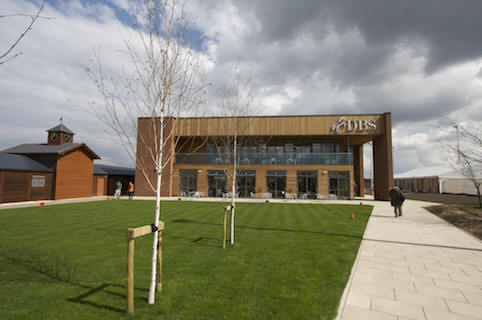 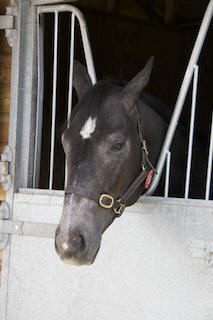
Doncaster Bloodstock Sales
view the website
Doncaster Bloodstock Sales Ltd (DBS) sells over 3,500 horses a year. They
have recently moved into new top class facilities on Leger Way, DN2 6HQ
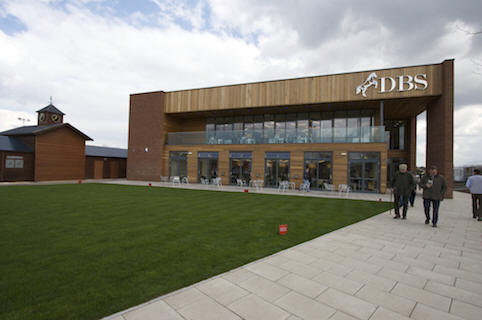 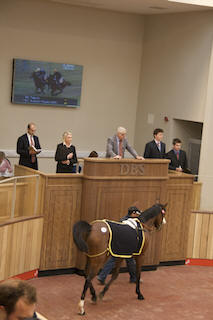

Choosing breeding stock
The stallion should be chosen to complement the mare, with the goal of producing
a foal that has the best qualities of both animals, yet avoids having the weaker
qualities of either parent. Generally, the stallion should have proven himself
in the discipline or sport the mare owner wishes for the "career" of the ensuing
foal. Mares should also have a competition record showing that they also have
suitable traits, though this does not happen as often.
Some breeders consider the quality of the sire to be more important than the
quality of the dam. However, other breeders maintain that the mare is the most
important parent. Because stallions can produce far more offspring than mares, a
single stallion can have a greater overall impact on a breed. However, the mare
may have a greater influence on an individual foal because its physical
characteristics influence the developing foal in the womb and the foal also
learns habits from its dam when young. Foals may also learn the "language of
intimidation and submission" from their dam, and this imprinting may affect the
foal's status and rank within the herd.[7] Many times, a mature horse will
achieve status in a herd similar to that of its dam; the offspring of dominant
mares become dominant themselves.
A purebred horse is usually worth more than a horse of mixed breeding, though
this matters more in some disciplines than others. The breed of the horse is
sometimes secondary when breeding for a sport horse, but some disciplines may
prefer a certain breed or a specific phenotype of horse. Sometimes, purebred
bloodlines are an absolute requirement: For example most Racehorses in the world
must be recorded with a breed registry in order to race.
Bloodlines are often considered, as some bloodlines are known to cross well with
others. If the parents have not yet proven themselves by competition or by
producing quality offspring, the bloodlines of the horse are often a good
indicator of quality and possible strengths and weaknesses. Some bloodlines are
known not only for their athletic ability, but could also carry a conformational
or genetic defect, poor temperament, or for a medical problem. Some bloodlines
are also fashionable or otherwise marketable, which is an important
consideration should the mare owner wish to sell the foal.
Horse breeders also consider conformation, size and temperament. All of these
traits are heritable, and will determine if the foal will be a success in its
chosen discipline. The offspring, or “get,” of a stallion are often excellent
indicators of his ability to pass on his characteristics, and the particular
traits he actually passes on. Some stallions are fantastic performers but never
produce offspring of comparable quality. Others sire fillies of great abilities
but not colts. At times, a horse of mediocre ability sires foals of outstanding
quality.
Mare owners also look into the question of if the stallion is fertile and has
successfully "settled" (i.e. impregnated) mares. A stallion may not be able to
breed naturally, or old age may decrease his performance. Mare care boarding
fees and semen collection fees can be a major cost.*
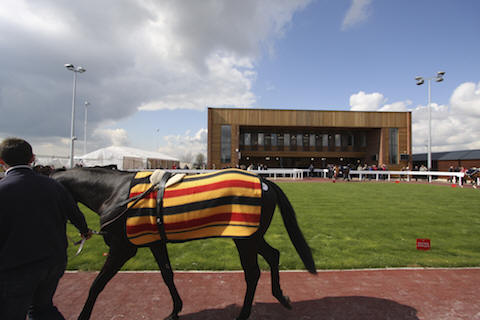
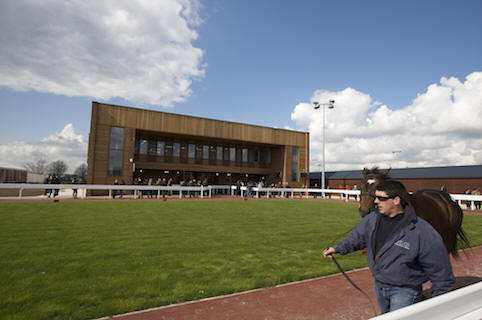
The Thoroughbred is a horse breed best known for its use in horse racing.
Although the word "thoroughbred" is sometimes used to refer to any breed of
purebred horse, it technically refers only to the Thoroughbred breed.
Thoroughbreds are considered a "hot-blooded" horse, known for their agility,
speed and spirit.
The Thoroughbred as it is known today was first developed in 17th and 18th
century England, when native mares were crossbred with imported Arabian
stallions. All modern Thoroughbreds can trace their pedigrees to three stallions
originally imported into England in the 1600s and 1700s, and to 74 foundation
mares of English and Oriental (Arabian or Barb) blood. During the 1700s and
1800s, the Thoroughbred breed spread throughout the world; they were imported
into North America starting in 1730 and into Australia, Europe, Japan and South
America during the 1800s. Millions of Thoroughbreds exist worldwide today, with
over 118,000 foals registered each year worldwide.
Thoroughbreds are used mainly for racing, but are also bred for other riding
disciplines, such as show jumping, combined training, dressage, polo, and fox
hunting. They are also commonly cross-bred with other breeds to create new
breeds or to improve existing ones, and have been influential in the creation of
many important breeds, such as the Quarter Horse, the Standardbred, the
Anglo-Arabian, and various Warmblood breeds.
Thoroughbred racehorses perform with maximum exertion, which has resulted in
high rates of accidents and other health problems. Racing has been proven to
have a higher fatality rate than all other legal human and animal sports. Also,
Thoroughbreds are prone to other health complications, including bleeding from
the lungs, low fertility, abnormally small hearts and a small hoof to body mass
ratio. There are several theories for the reasons behind the prevalence of
accidents and health problems in the Thoroughbred breed, and research continues
into how to reduce the accident rate and treat those animals that are injured.*
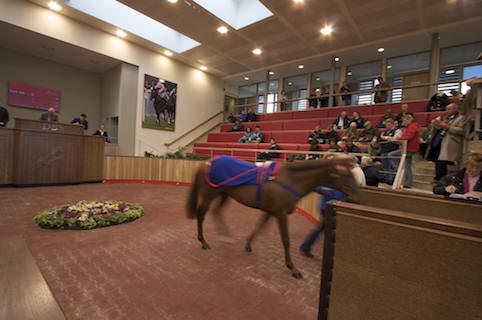

Doncaster Racecourse (also known as the Town Moor course) is a racecourse in
Doncaster, South Yorkshire, England. It hosts two of Great Britain's 31 Group 1
flat races, the St Leger Stakes and the Racing Post Trophy.
Doncaster is one of the oldest (and in terms of physical capacity - largest)
established centres for horse racing in Britain, with records of regular race
meetings going back to the 16th Century. In 1600 the corporation tried to put an
end to the races because of the number of ruffians they attracted, but by 1614
it acknowledged failure and instead marked out a racecourse.*
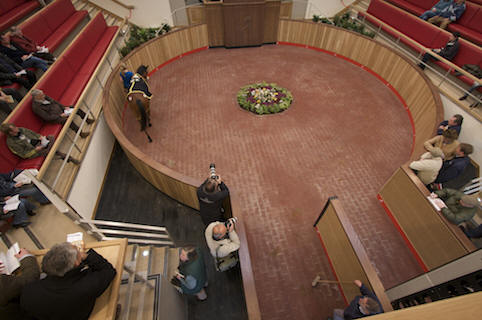 
* information from Wikipedia
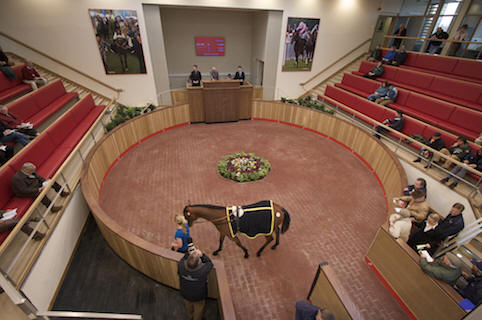
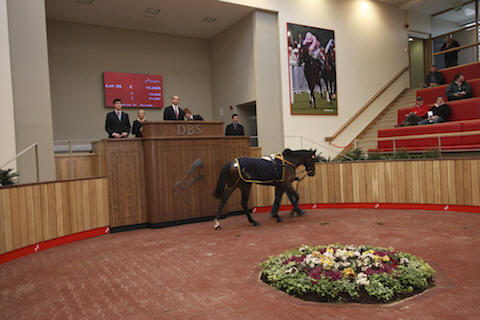
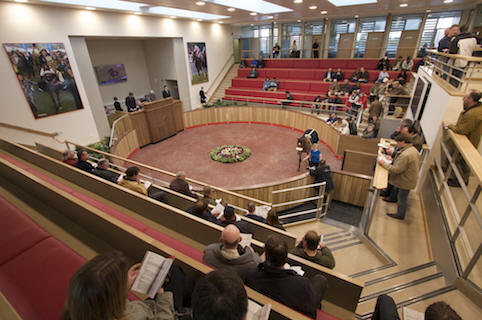
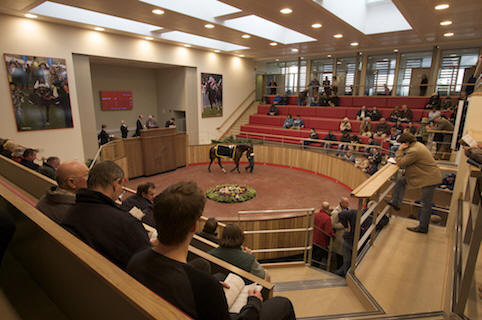
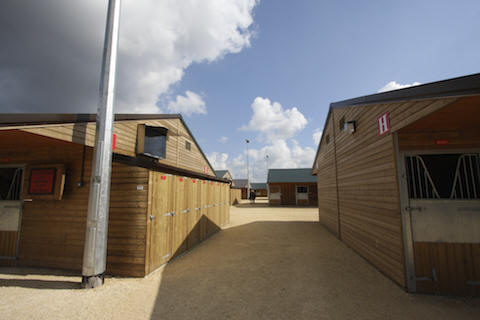 |